Many people are familiar with portrait photography, but not everyone knows the value of the fine art style. In recent years, contemporary fine art portrait photography has been getting a lot of popularity in the premium portraiture photography market. Portraits in this genre are museum quality and make simply remarkable wall art.
Contemporary fine art portrait photographers are often called artists, and that is well justified. There is a high level of thought and skill that goes into creating authentic fine art portrait images. Only a highly skilled photographer can do this well if he/she has a creative vision.
Portraits in contemporary fine art photography style are intended for wall art. Artwork in the fine art portrait photography genre defines the subject’s emotion in a striking and unique style. Photographer has a way of showing his vision of the subject’s character through timeless portraits.
This post may include affiliate links. Please read our disclosure policy. [004]
Camera: Canon EOS 5DS R | Lens: Canon EF 85mm f1.2L II USM
Window Light | f/2.0, 1/400s, ISO 250 | Photo by © Sergey Bidun
To get a better understanding of what contemporary fine art portrait photography involves, we have put together some information and tips. You will see patterns that you can use to create your fine artwork. We’ve included tips on posing, lighting, and expressions that will add an artistic touch to your portraits.
GEAR USED TO CREATE THESE IMAGES
For the images listed throughout this article, different photography gear and lighting equipment were used.
- Camera: CANON EOS 5DS R
- Lenses: Canon EF 85mm f1.2L II US | Canon EF 50mm f/1.2 L USM Lens | Canon EF70-200mm f/2.8L IS II USM
- Lighting: Profoto B1 500 AirTTL Location Kit
- Retouching tablet: Wacom Intuos Pro Medium Drawing Tablet
- Software: Adobe Photoshop and Lightroom
- Computer: Apple iMac, 27-inch Retina 5k display
PORTRAIT PHOTOGRAPHY DEFINITION
A portrait is an image of a person, with the main focus of attention on the face, facial features, and the expression. Classical poses can be just headshots, half body length, or full body.
Portrait photography strives to capture the character and individual traits of the subject. The art is in capturing the personality of the person. We go into more detail about this topic in the Female Portrait photography article.
Camera: Canon EOS 5DS R | Lens: Canon EF 85mm f1.2L II USM f/1.6, 1/200s, ISO 50 | Photo by © Sergey Bidun Light: Profoto B1 500 AirTTL System
Portrait photography is about a technically precise composition and requires lots of patience and practice. To bring out a subject’s personality in front of the camera is not an easy task, but it is the nature of good portrait photography.
A portrait photograph isn’t a candid shot, but rather a carefully planned out image. The photographer team takes part in preparing the outfit, the location, the props, as well as lighting setup for a most successful shoot. We have dedicated a full post on tips to help you prepare for the portrait photoshoot.
WHAT IS CONTEMPORARY FINE ART?
The earliest forms of fine art can be dated back many centuries. Fine art included paintings, sculptures, architecture, music, poetry, performance, and later embracing photography as well. Artists and photographers who work with fine art all have something in common – they possess inborn talent.
There are a lot of specific components for a visually appealing artwork, whether it’s the artist’s imagination, aesthetic, or intellectual content. Fine art photography also requires excellent skills in post-processing, where the artist lets his full creativity come to life.
Camera: Canon EOS 5DS R | Lens: Canon EF 85mm f1.2L II USM
Window Light | f/1.8, 1/200s, ISO 200 | Photo by © Sergey Bidun
Contemporary fine art refers to photography at our own time, compared to a photograph from a much earlier period.
Where some fine art artists prefer to capture portraits that are similar in style of the 1600s, contemporary photographers have a different vision.
As a Sacramento contemporary fine art portrait photographer, my concept is to capture the beauty of the subject in real-time. Editing portraits in my signature style enables me to highlight the main subject through post-processing.
WHEN PORTRAIT PHOTOGRAPHY BECOMES FINE ART
In fine art photography, the photographer is the artist, and the capture of the subject is not the primary purpose. The main objective is making an artistic statement through a photograph.
Fine art portrait photography is not documentary photojournalism but instead portraying an emotion or creative motivation through imagery.
Camera: Canon EOS 5DS R | Lens: Canon EF 85mm f1.2L II USM
Window Light | f/1.4, 1/160s, ISO 250 | Photo by © Sergey Bidun
Fine art is truly an art form practiced for its beauty. Beauty which is meant to be framed and displayed on the walls of your home.
Using creative studio lighting techniques such as Rembrandt Lighting, Butterfly Lighting, or Split Lighting, you will be able to take creative portraits that are worth displaying as wall artwork.
Every artwork comes from a concept or idea of the artist and how he envisions the end result. The main goal of fine art is to exist and be cherished and admired.
TIMELESS ART THAT PORTRAYS EMOTION
What sets fine art portrait photography apart from other genres is that it delivers the highest effect and portrays emotion in a strong and distinctive style. Timeless portraits capture the nature of the subject’s character through an authentic vision created by the photographer.
In fine art photography, artists may use location, props, posing, and lighting to shape the image to the one they are trying to achieve.
Camera: Canon EOS 5DS R | Lens: Canon EF 85mm f1.2L II USM
Window Light | f/1.8, 1/125s, ISO 500 | Photo by © Sergey Bidun
Eyes are distinctive facial features that always draw attention to the portrait. In fine art photography eyes play a big role in adding the expression to the portrait. See how you can highlight eyes in your portrait photography.
There is no explicit way to tell which image is a fine art and which is just a portrait.
The portrait is considered fine art when it’s something that could hang in an art gallery. Sessions that are carefully planned out with a particular concept in mind are regarded as fine art.
As you may notice, there are no set boundaries when it comes to this genre. Nevertheless, there are a few patterns that we see in the most famous fine art portraits.
When you introduce them to yourself, you’ll develop a sense of fine art that will help you understand and create the most astonishing pictures possible.
BACKGROUND STYLES THAT HIGHLIGHT THE SUBJECT
One of the main characteristics of contemporary fine art portraits is the simple backgrounds that put the spotlight on the subjects.
Having a very plain and even-toned background will highlight every feature on your model’s face like the skin texture, hair, clothing, and the props that they may be holding.
Camera: Canon EOS 5DS R | Lens: Canon EF 85mm f1.2L II USM
Window Light | f/2.2, 1/3200s, ISO 500 | Photo by © Sergey Bidun
Many fine art portrait photographers choose to use black or very dark backgrounds. Backgrounds like these create a sense of depth and naturally guide the eye to focus entirely on the model.
Not every photographer may find dark backgrounds appealing for their type of contemporary fine art photography, so you can use neutral tones instead. When working with neutral-color backgrounds, choose backdrops that complement the model’s features, hair color, clothing, and poses.
POSING TIPS FOR FINE ART PORTRAITS
Posing is another essential element for successful contemporary fine art portrait photography.
Skillful posing is what separates the great imagery from the good. We explain this in more detail in a Posing Tips for Portrait Photography article.
Professional fine art photographers need to know how to direct the model and pose them in an elegant and natural way. Below you’ll find some posing techniques that will complement your work and make your models feel beautiful and confident.
- Create separation between the arms and the body
Camera: Canon EOS 5DS R | Lens: Canon EF 50mm f/1.2 L USM Lens
f/2.5, 1/160s, ISO 50 | Photo by © Sergey Bidun
Light: Profoto B1 500 AirTTL System
Crossing arms or legs will make your subject look withdrawn and somewhat uncomfortable – this pose works best for business portraits.
When the photographer creates physical space between the arms and the body, it will make the subject look more elegant. Such posture will give you more curves to work with, and make your setup look more visually engaging.
- Tuck the arms in, moving them back to hide the upper arm
Camera: Canon EOS 5DS R | Lens: Canon EF 50mm f/1.2 L USM Lens
Window Light | f/1.6, 1/640s, ISO 200 | Photo by © Sergey Bidun
In fine art portrait photography, the emphasis of every photograph is on the face of the main subject. Anything that may divert the viewer from seeing the beauty of the model must be eliminated.
It’s important to remember to tuck the arms in and hide the upper arm, to minimize any distractions.
HEAD AND NECK POSING
- Push the chin away from the neck
Camera: Canon EOS 5DS R | Lens: Canon EF 85mm f1.2L II USM
Window Light | f/1.4, 1/1250s, ISO 500 | Photo by © Sergey Bidun
By pushing the chin away from the neck, you will make sure to have good separation and no overlapping. The subject’s neck will look super long and lean, which is one of the characteristics of stunning fine art portraits.
- Drop the shoulders
Camera: Canon EOS 5DS R | Lens: Canon EF 85mm f1.2L II USM
f/1.6, 1/200s, ISO 50 | Photo by © Sergey Bidun
Light: Profoto B1 500 AirTTL System
Dropped shoulders posture is often used in fashion photography, as this pose creates an informal but chic look. When you lower the shoulders, it will result in even lines that will usually draw your viewers’ eyes to your subject.
- Tilt the head back
Camera: Canon EOS 5DS R | Lens: Canon EF 85mm f1.2L II USM
f/2.0, 1/200s, ISO 50 | Photo by © Sergey Bidun
Light: Profoto B1 500 AirTTL System
A slight tilt will help to make your model’s neck look longer and leaner, and give their body a better shape. This posture is similar to ballerinas and other dance performers and will create a classic theme for a fine art piece.
- Arch the back to create a shape
Camera: Canon EOS 5DS R | Lens: Canon EF 85mm f1.2L II USM
Window Light | f/1.8, 1/1000s, ISO 200 | Photo by © Sergey Bidun
The arched back will help to create a perfect body shape for your subject. Your subject will not only have a great posture but will also appear more delicate and beautiful.
INCORPORATE COSTUMES
Fine art photography has always included costumes and props. It’s up to each particular artist how much or how little they like adding it in their portraiture.
Camera: Canon EOS 5DS R | Lens: Canon EF 50mm f/1.2 L USM Lens
f/2.2, 1/200s, ISO 100 | Photo by © Sergey Bidun
Light: Profoto B1 500 AirTTL System
Some photographers like to take the conventional road and dress their models in royalty-looking costumes. The best way to find such outfits is by visiting a local thrift store or a costume store.
I bet you can always find an interesting piece that would work perfectly for a fine art portrait session. Don’t limit your outfits to just dresses, go for scarves, hats, and unique head accessories.
INCLUDE PROPS
The idea of adding inanimate objects to fine art portraits comes from old painting masters. They included flowers, bowls, instruments, or other handy objects in their paintings.
Adding such props serves as one of two goals: they either help to tell a story about the model or serve as eye-catching decorations.
Camera: Canon EOS 5DS R | Lens: Canon EF 50mm f/1.2 L USM Lens
f/3.5, 1/200s, ISO 200 | Photo by © Sergey Bidun
Light: Profoto B1 500 AirTTL System
Items like flowers, books, and instruments all have natural textures that could turn your photos into authentic fine art portraits. Try to find out your model’s life story and interests to help you choose the right props for the session.
If you want to create more character in your contemporary fine art portraits, I suggest looking for objects that would complement your subject the most. Best objects to use for props are the ones that have textures, details, shapes, and always in neutral colors.
EDITING YOUR CONTEMPORARY FINE ART PORTRAITS
Editing and color correction are indivisible components in contemporary fine art photography as they add a lot of extra depth to your portraits.
Every artist has an individual style of photography as well as editing. I’ve spent a few years perfecting my editing style, and still working on it. With the help of amazing editing tools and software, I’m able to give my portraits that signature look.
Camera: Canon EOS 5DS R | Lens: Canon EF70-200mm f/2.8L IS II USM
f/2.5, 1/160s, ISO 50 | Photo by © Sergey Bidun
Light: Profoto B1 500 AirTTL System
Editing is not a requirement, but it certainly shows off the artist’s signature technique. Fine art portrait photographers use different textures, photo resources, and color-correcting tools to take their portraits to the next level.
Having a signature photography and editing style is what will set you apart from all the other portrait photographers.
CONCLUSION
Contemporary fine art portrait photography is a genre that will force you to reconsider your artistic skills. It will drive you to explore the inner and outer beauty of people in various forms. It will motivate you to not only capture life as it is but create unique worlds of your own.
By having your ideas come to life, you will develop your signature photography style. It will make you a photographer with powerful skills and a clear vision.
The real beauty of this art form can be found in its freedom to be anything it aspires. Contemporary fine art photography has no limits or boundaries. It all depends on your artistic ideas, your technical skills, and the comfort zone of the subject.
My advice for you is: follow your intuition, experiment with the suggestions above, and you will be way on your way to perfecting your fine art portrait photography signature style.
IF YOU FOUND THIS POST HELPFUL AND INFORMATIVE PLEASE SHARE IN YOUR SOCIAL MEDIA.
Photographer: Sergey Bidun
Written by Maria Bidun

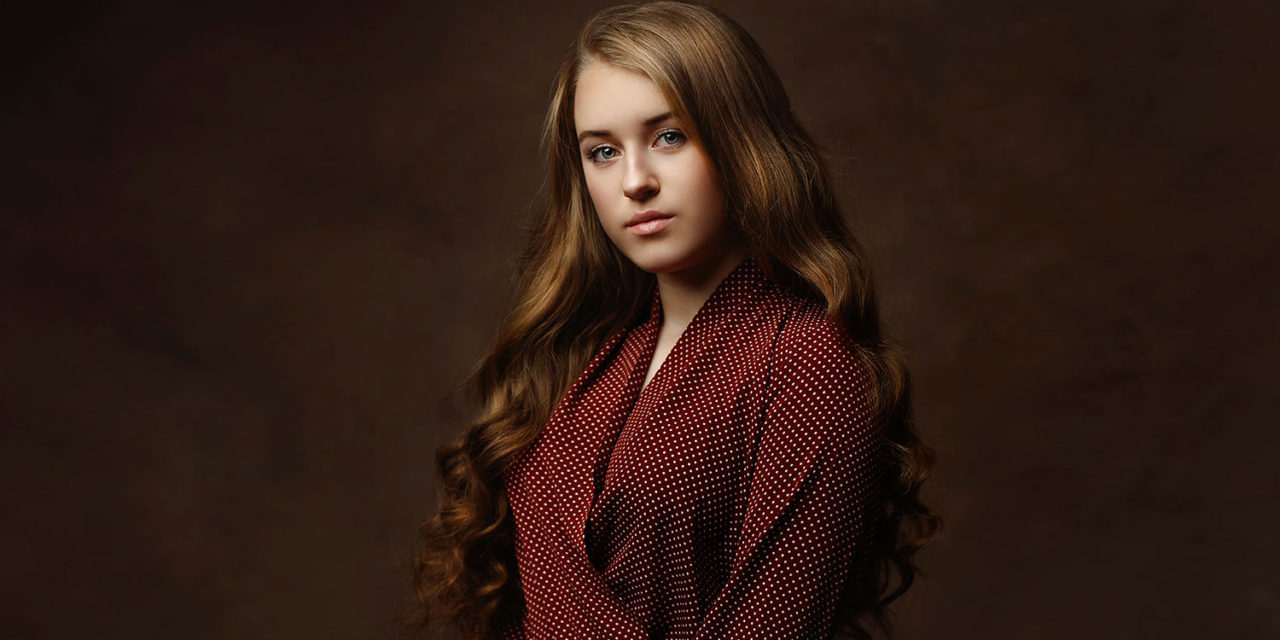
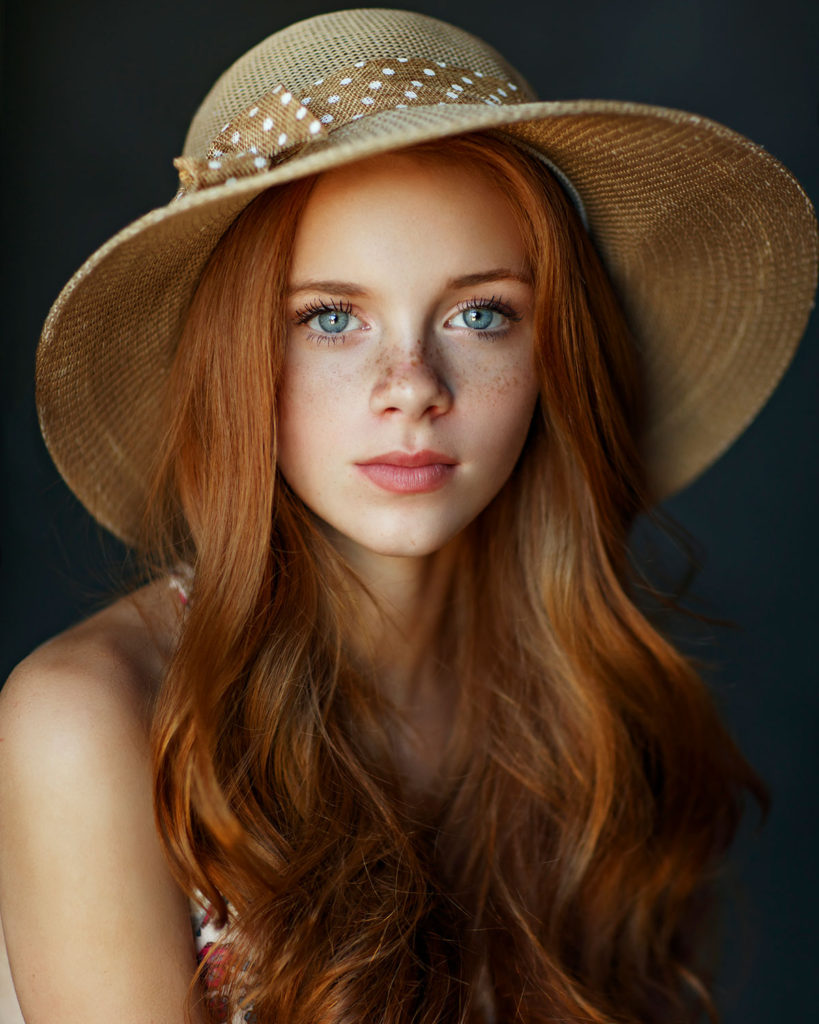
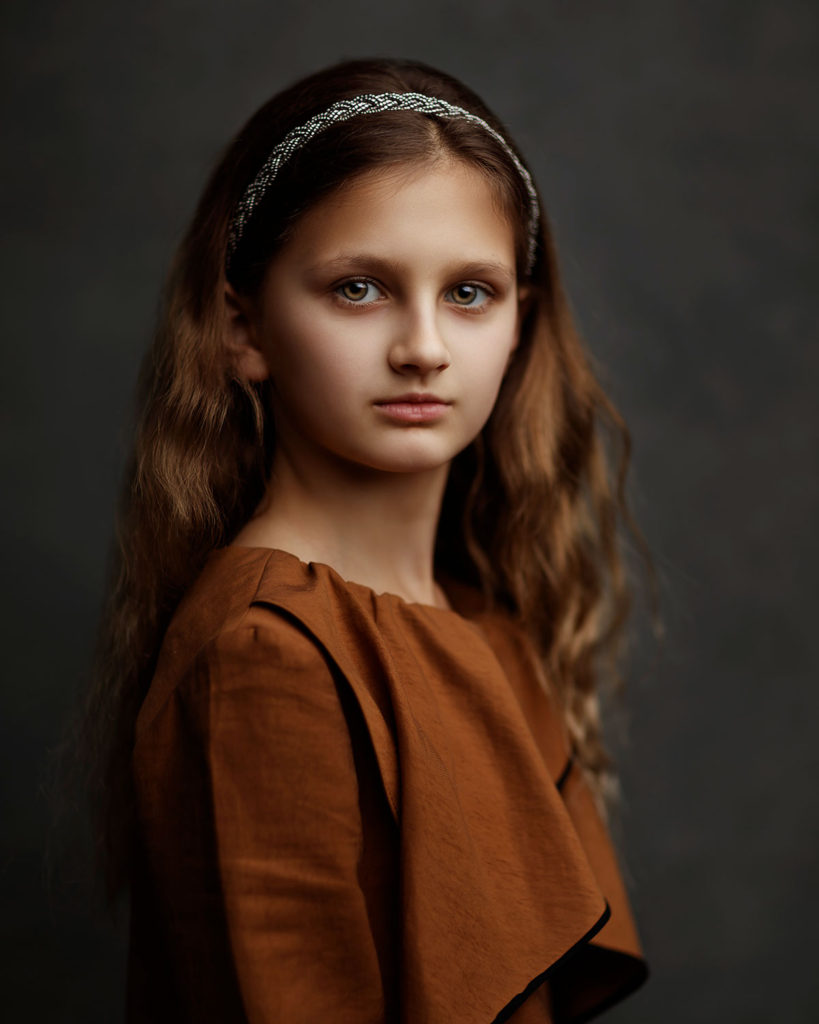
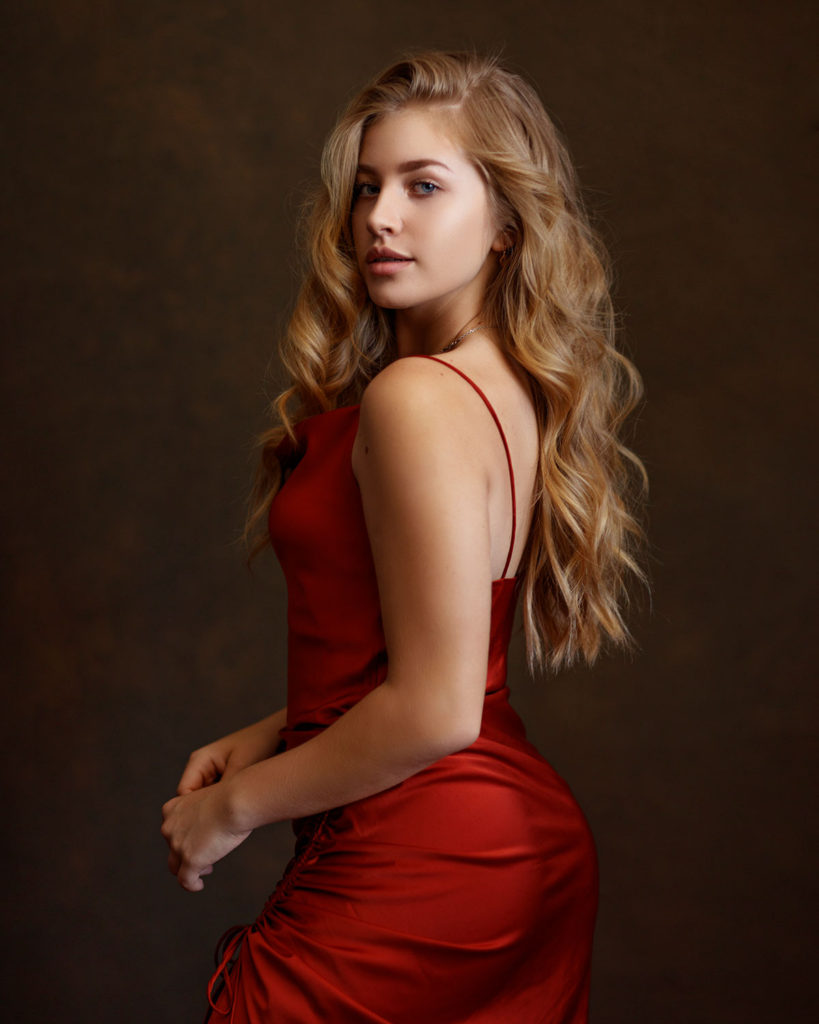
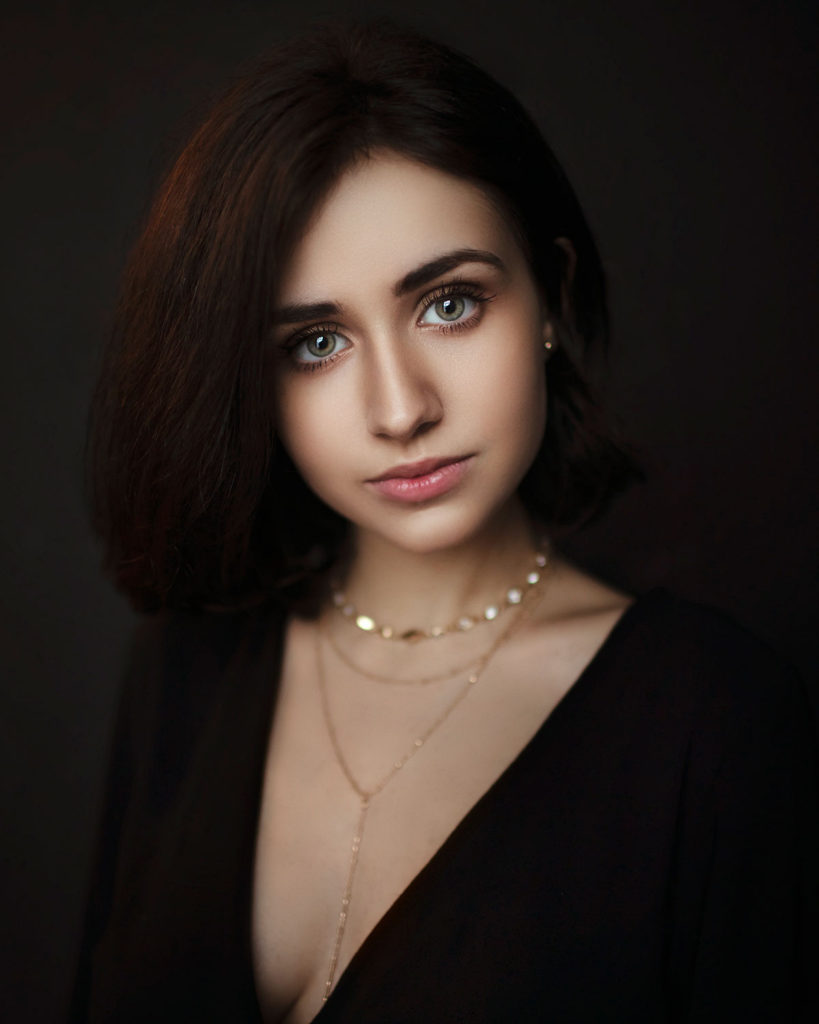
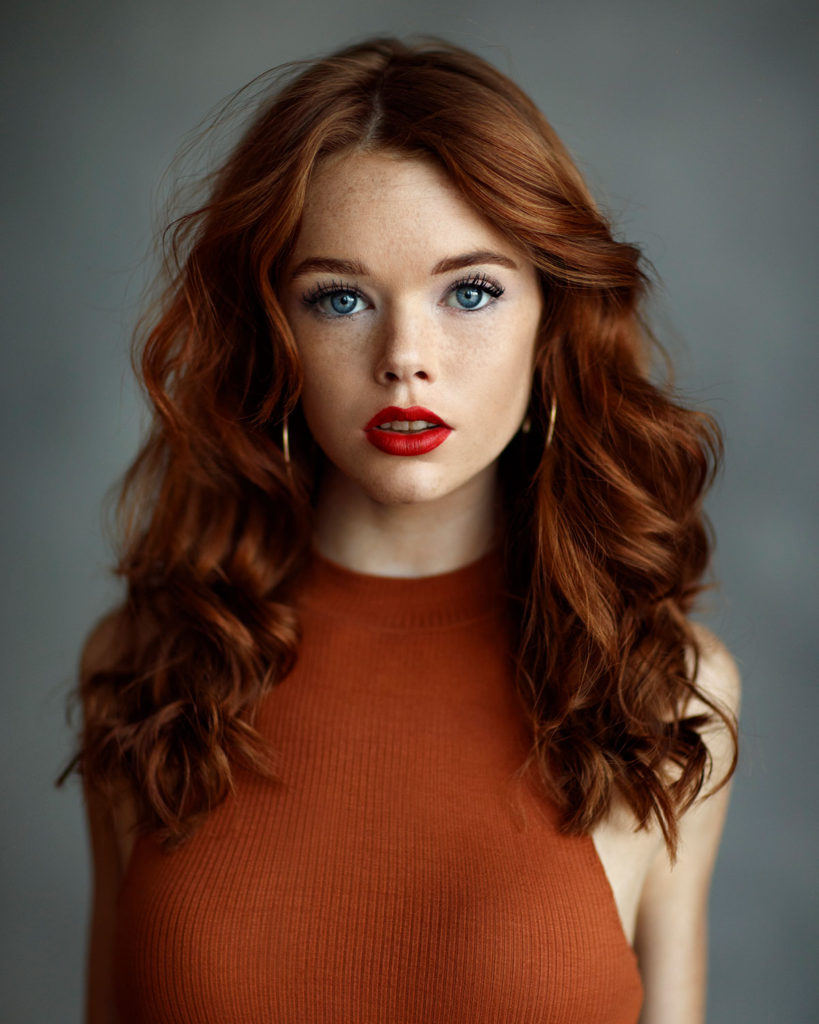
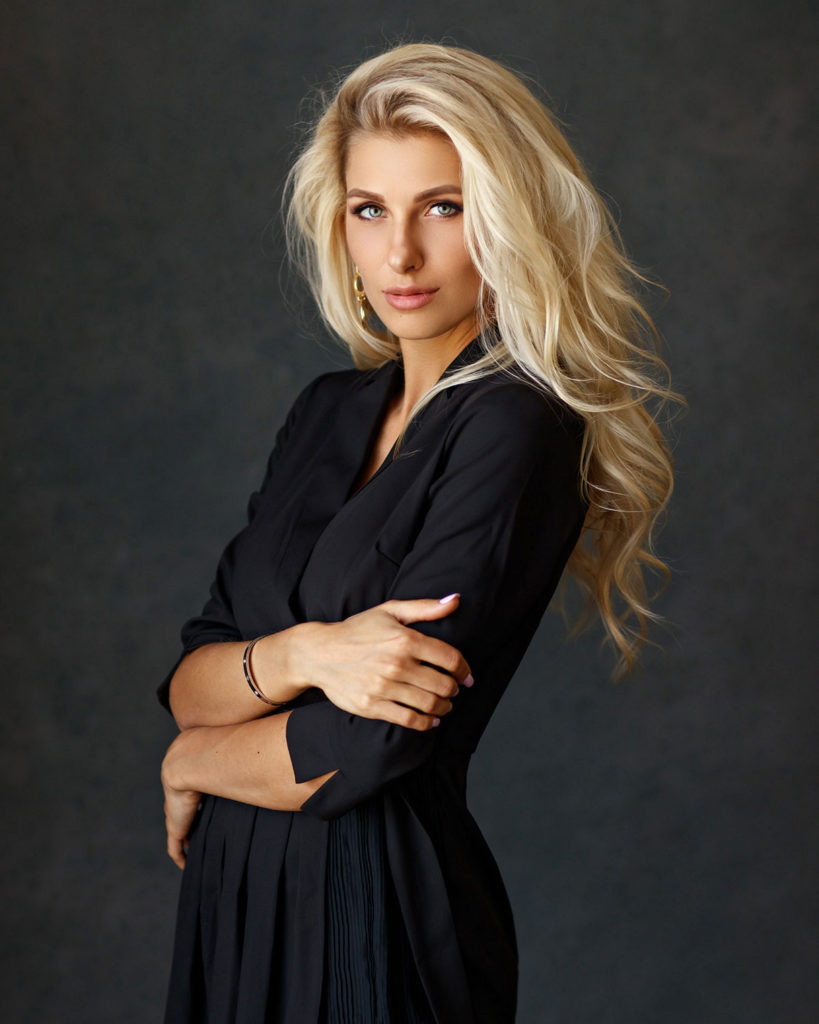
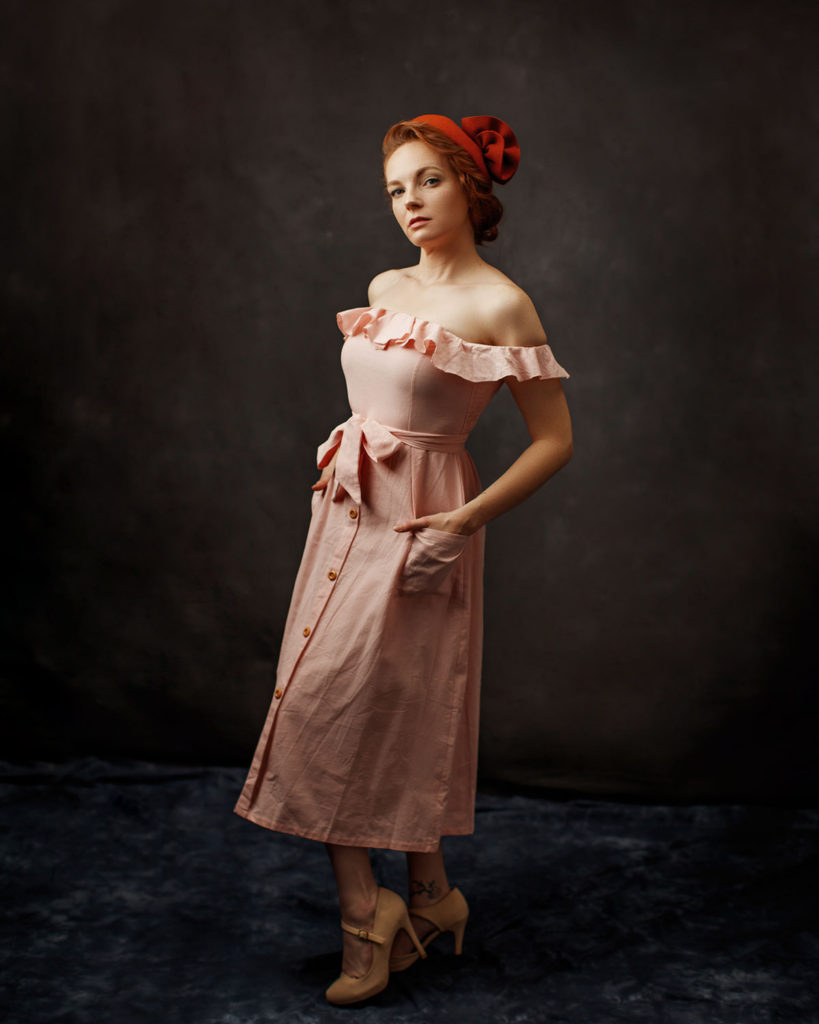
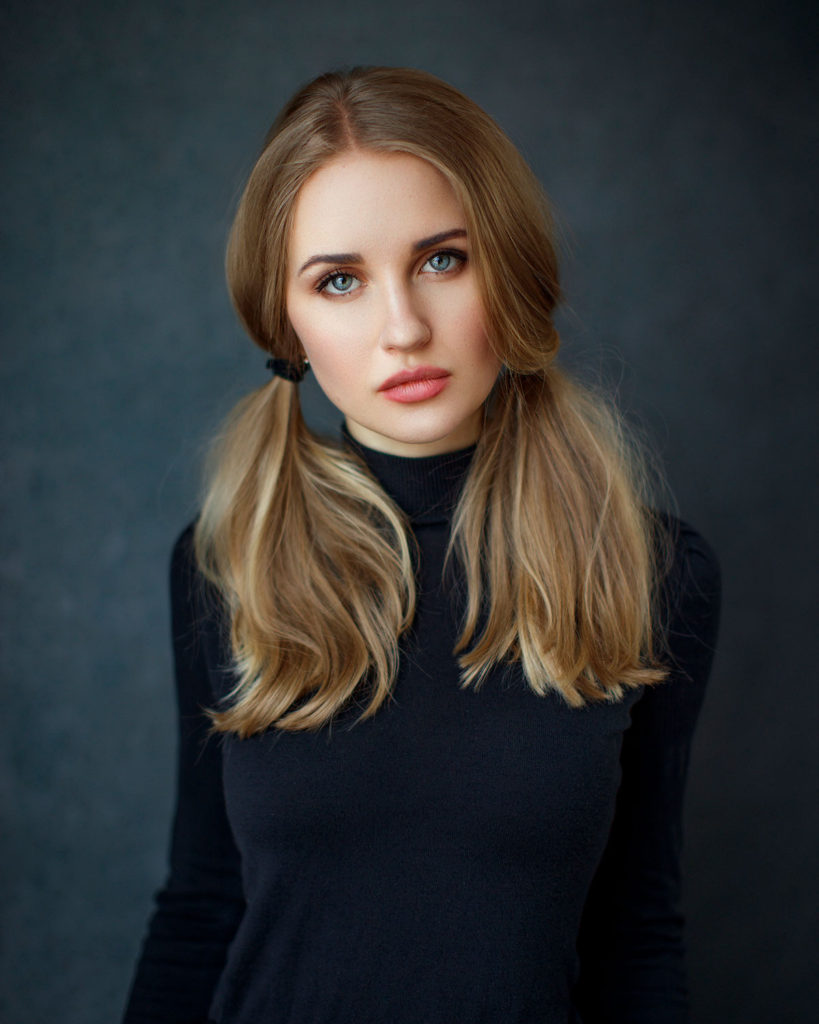
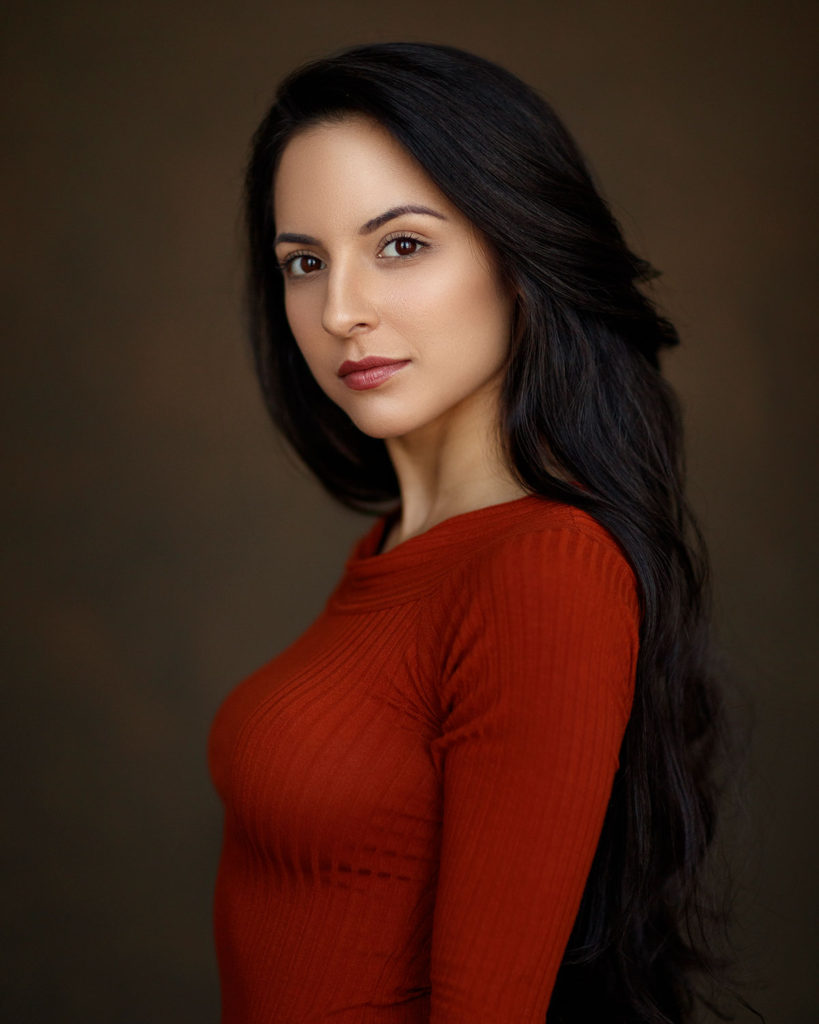
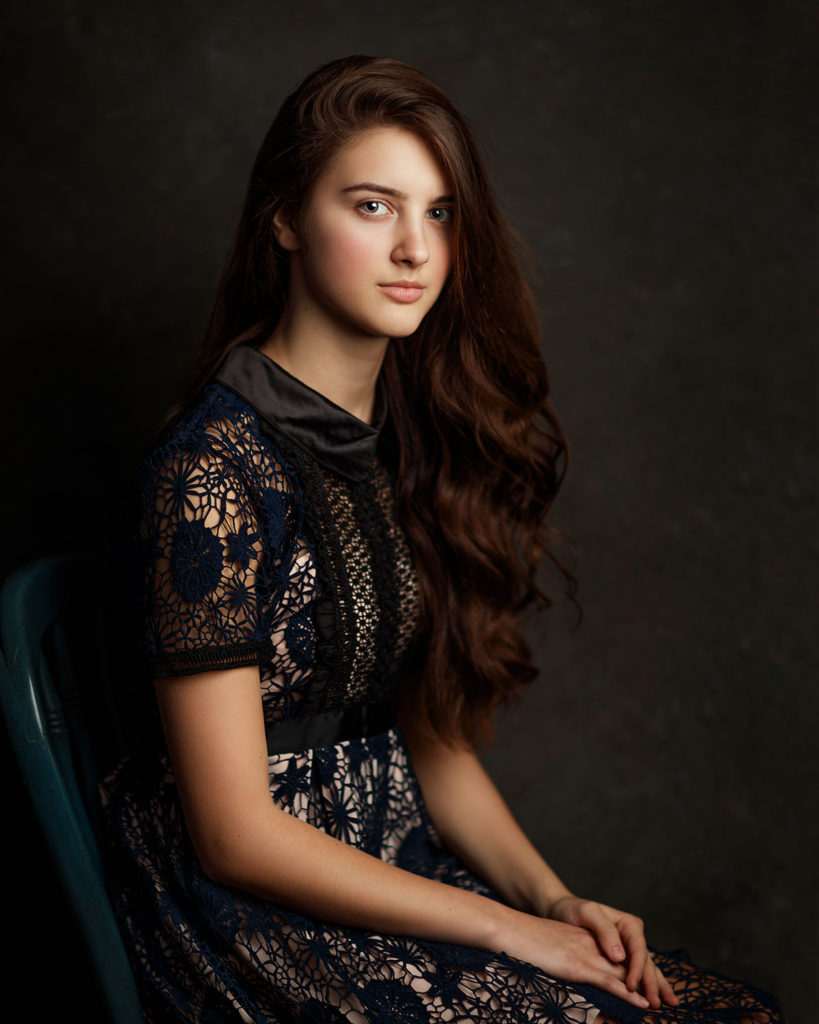
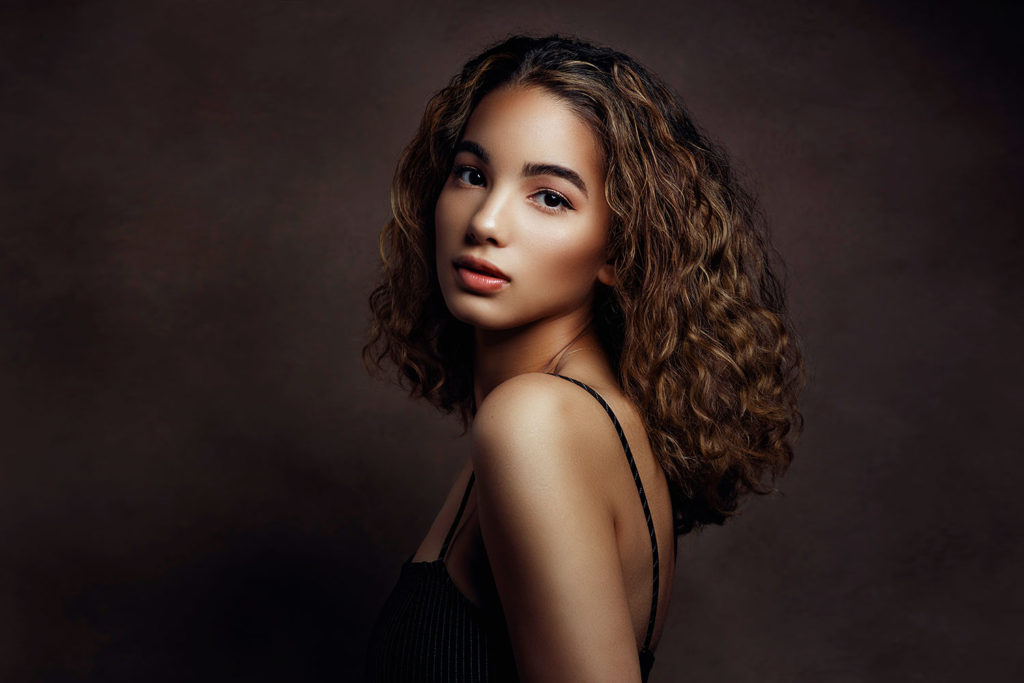
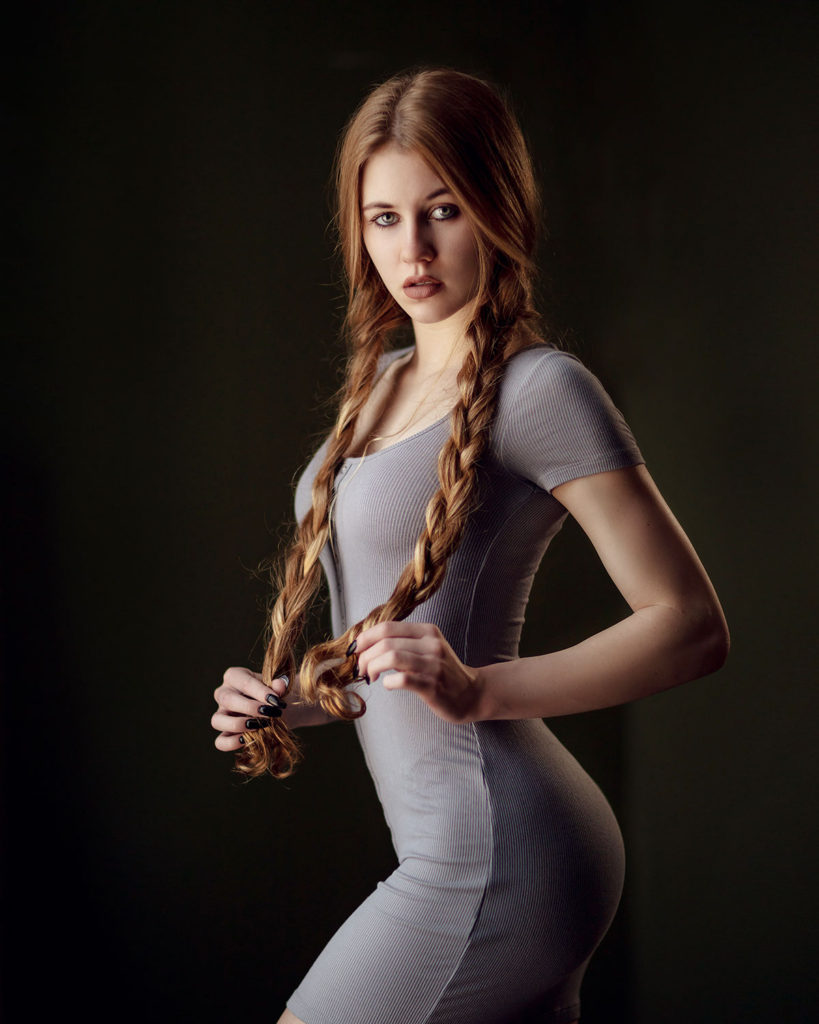
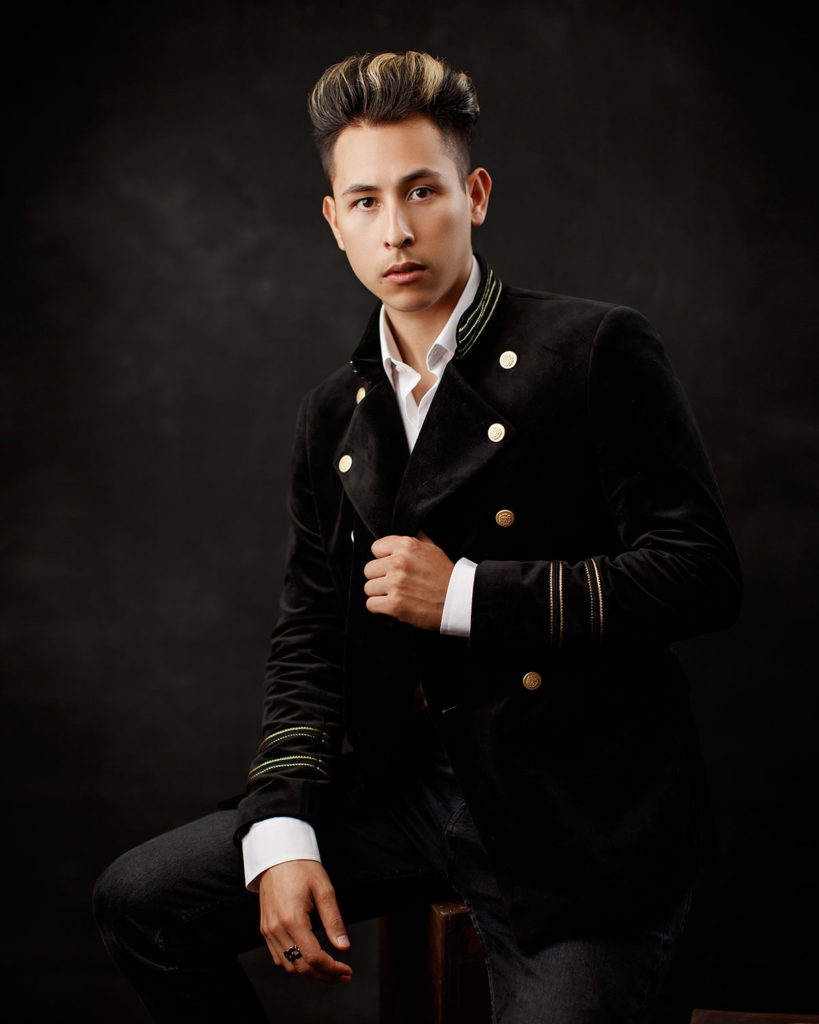
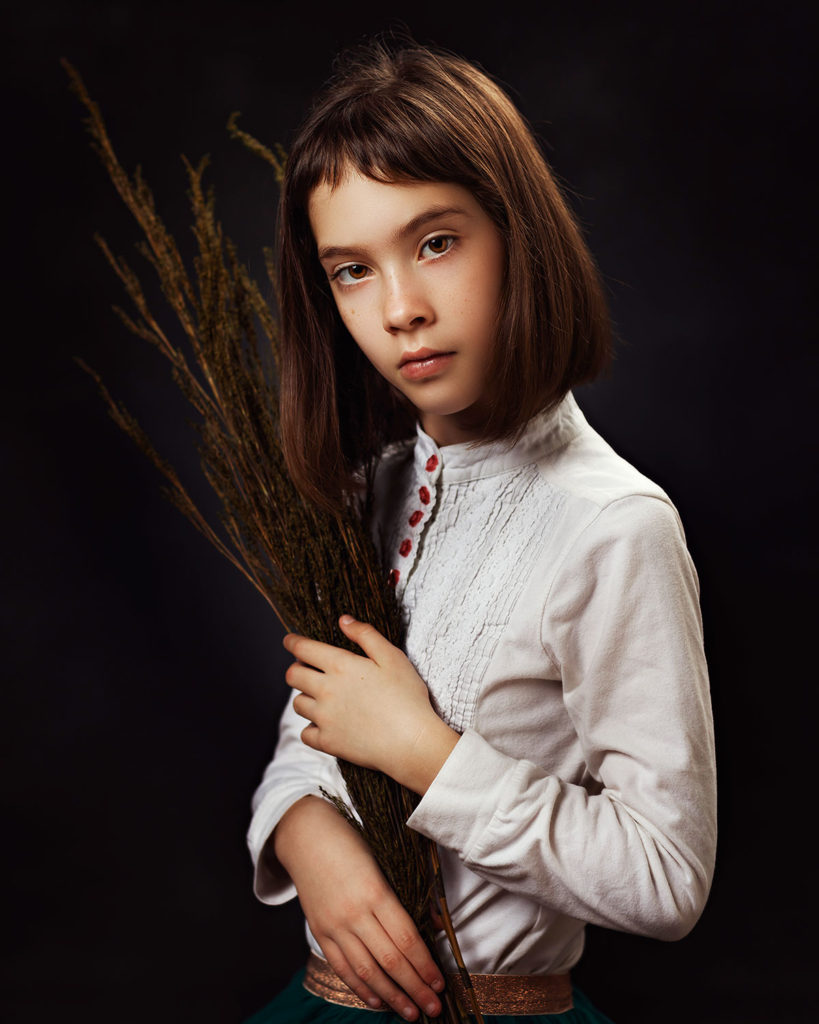
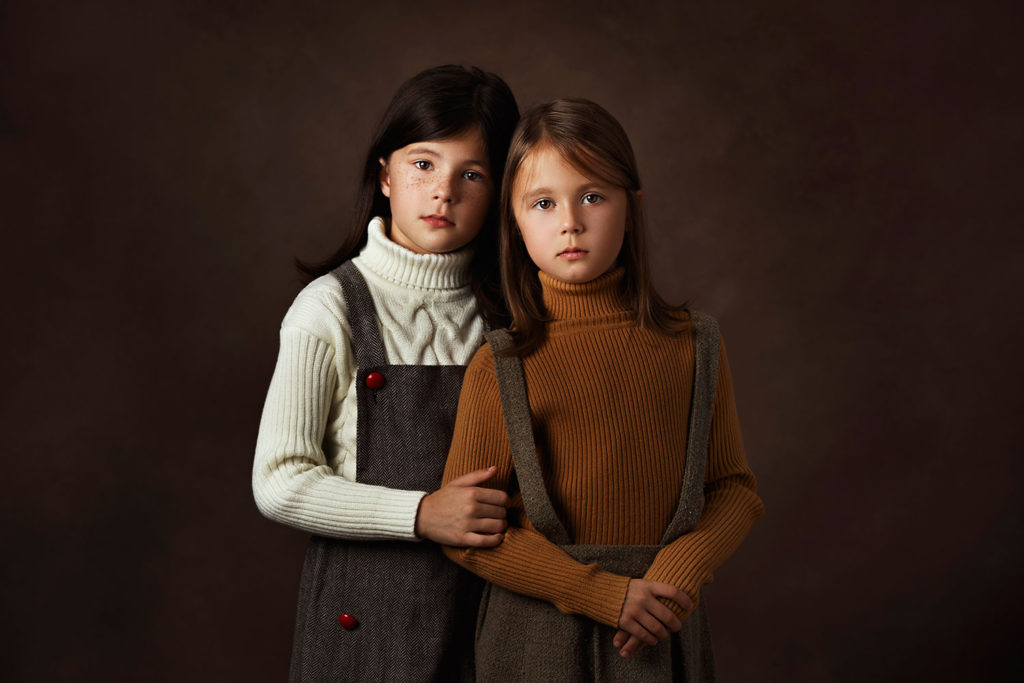

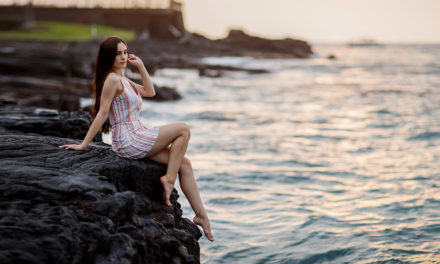
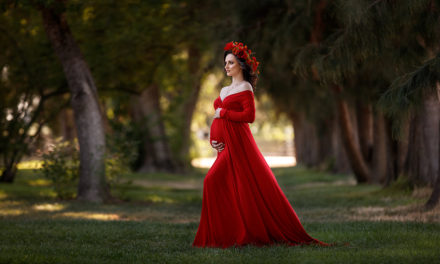
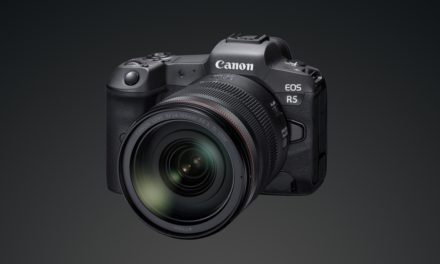
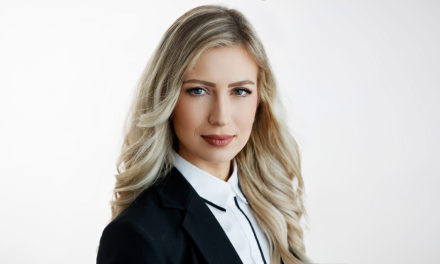
Beautiful photography! Plenty of great tips and information!
Thanks Tanya, happy to know that you found these tips and info helpful!
Thanks for your lessons , tips and beautiful work
Thanks James, I’m pleased to receive your positive feedback!
Great and clear articles. Very helpful. Thank you Sergey..!
Thank you Serge, I’m glad you found this article helpful. I hope you can put some of this info to use!